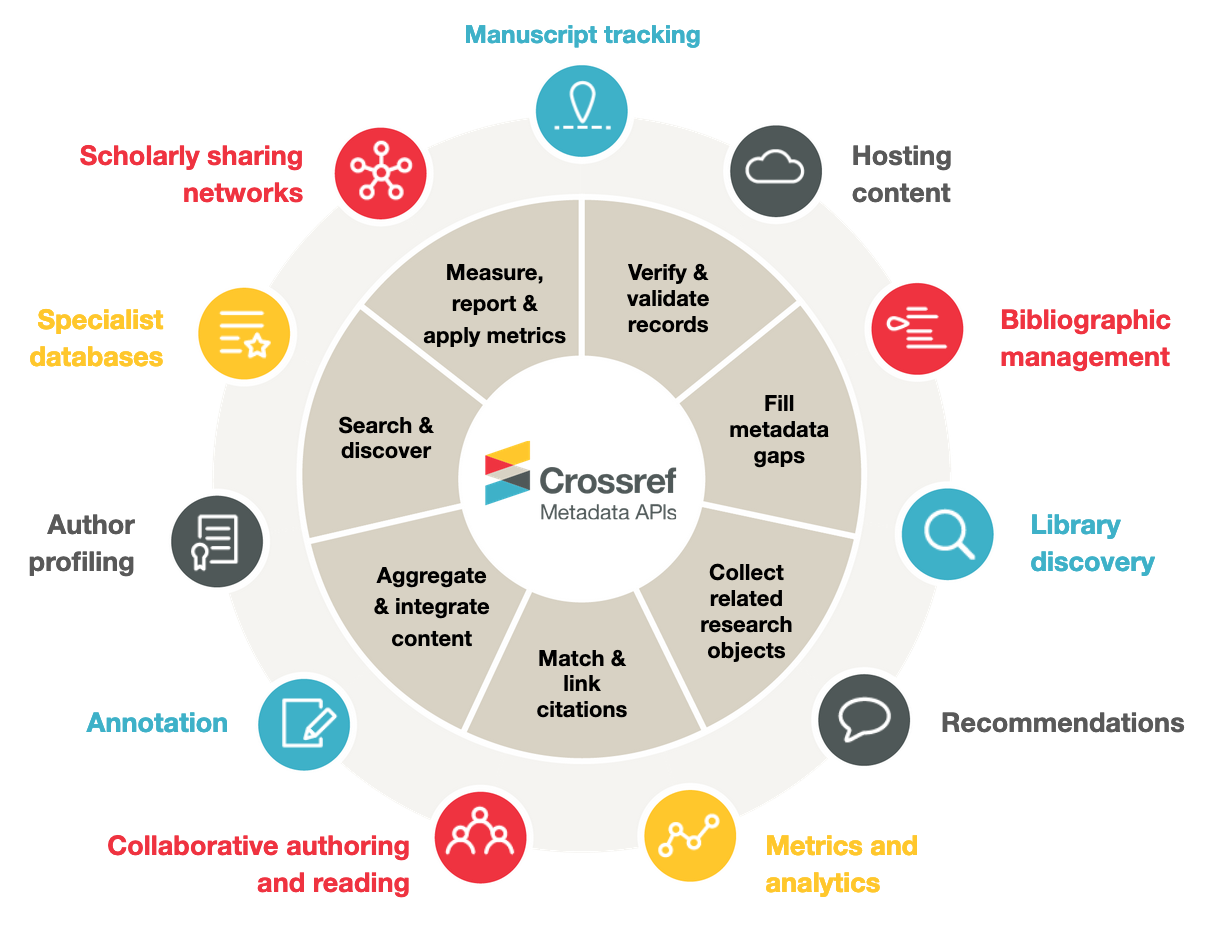Prevalencia y factores relacionados con dislipidemia en pacientes con hipotiroidismo de un hospital sudamericano.
DOI:
https://doi.org/10.51581/rccm.v27i1.171Palabras clave:
Hipotiroidismo, epidemiología, colesterol, hipercolesterolemiaResumen
INTRODUCCIÓN: La dislipidemia es una complicación frecuente en pacientes con hipotiroidismo y representa un factor de riesgo significativo para enfermedades cardiovasculares. A pesar de su alta prevalencia, la detección y el manejo de las alteraciones lipídicas en esta población aún presentan desafíos.
RESULTADOS: La prevalencia de dislipidemia en pacientes con hipotiroidismo fue del 72% (IC 95%: X-X). Se observó que el 67% presentaba colesterol total elevado (≥200 mg/dL), el 63% tenía hipertrigliceridemia (≥150 mg/dL) y el 39% mostraba niveles reducidos de HDL (<40 mg/dL en hombres y <50 mg/dL en mujeres). El análisis estadístico reveló una asociación significativa entre niveles elevados de TSH y la presencia de hipercolesterolemia (p=0.02) e hipertrigliceridemia (p=0.03). A pesar de estos hallazgos, solo el 49% de los pacientes con hipercolesterolemia y el 31% con hipertrigliceridemia recibían tratamiento adecuado con estatinas y fibratos, respectivamente. CONCLUSIÓN: La dislipidemia es altamente prevalente en pacientes con hipotiroidismo, con una subóptima intervención terapéutica. Estos resultados resaltan la necesidad de optimizar el manejo de los lípidos en esta población para reducir el riesgo cardiovascular. Se requieren estudios adicionales para evaluar estrategias más eficaces de detección y tratamiento.
Métricas
Citas
Lauffer P, Zwaveling-Soonawala N, Naafs JC, Boelen A, van Trotsenburg ASP. Diagnosis and Management of Central Congenital Hypothyroidism. Front Endocrinol (Lausanne). 2021 Sep 9;12:686317. doi: 10.3389/ fendo.2021.686317. PMID: 34566885; PMCID: PMC8458656. DOI: https://doi.org/10.3389/fendo.2021.686317
Ejaz M, Kumar P, Thakur M, Bachani P, Naz S, Lal K, et al. Comparison of lipid profile in patients with and without subclinical hypothyroidism. Cureus. 2021;13(8):e17301. http://doi.org/10.7759/cureus.17301. DOI: https://doi.org/10.7759/cureus.17301
Willard DL, Leung AM, Pearce EN. Thyroid function testing in patients with newly diagnosed hyperlipidemia. JAMA Intern Med. 2014;174(2):287–9. http://doi.org/10.1001/ jamainternmed.2013.12188. DOI: https://doi.org/10.1001/jamainternmed.2013.12188
Bekkering GE, Agoritsas T, Lytvyn L, Heen AF, Feller M, Moutzouri E, et al. Thyroid hormones treatment for subclinical hypothyroidism:A clinical practice guideline. BMJ. 2019;365:l2006. http://doi.org/10.1136/bmj.l2006. DOI: https://doi.org/10.1136/bmj.l2006
Giglio RV, Pantea Stoian A, Al-Rasadi K, Banach M, Patti AM, Ciaccio M, et al. Novel therapeutical approaches to managing atherosclerotic risk. Int J Mol Sci. 2021;22(9):94633. http://doi.org/10.3390/ ijms22094633. DOI: https://doi.org/10.3390/ijms22094633
Gao CX, Yang B, Guo Q, Wei LH, Tian LM. High thyroid-stimulating hormone level is associated with the risk of developing
atherosclerosis in subclinical hypothyroidism. Horm Metab Res. 2015;47(3):220–4. http://doi. org/10.1055/s-0034-1394370. DOI: https://doi.org/10.1055/s-0034-1394370
Song Y, Zhao M, Zhang H, Zhang X, Zhao J, XuJ,etal.Thyroid-stimulatinghormonelevels are inversely associated with serum total bile acid levels:A cross-sectional study. Endocr Pract. 2016;22(4):420–6. 10.4158/EP15844.OR DOI: https://doi.org/10.4158/EP15844.OR
Zhao M, Liu L, Wang F, Yuan Z, Zhang X, Xu C, et al. A worthy finding:Decrease in total cholesterol and low-density lipoprotein cholesterol in treated mild subclinical hypothyroidism. Thyroid. 2016;26(8):1019–29. http://doi.org/10.1089/thy.2016.0010. DOI: https://doi.org/10.1089/thy.2016.0010
Liu FH, Hwang JS, Kuo CF, Ko YS, Chen ST, Lin JD. Subclinical hypothyroidism and metabolic risk factors association:A health examination- based study in Northern Taiwan. Biomed J. 2018;41(1):52–8. DOI: https://doi.org/10.1016/j.bj.2018.02.002
Unal E, Akin A, Yildirim R, Demir V, Yildiz I, Haspolat YK. Association of subclinical hypothyroidism with dyslipidemia and increased carotid intima-media thickness in children. J Clin Res Pediatr Endocrinol. 2017;9(2):144–9. http://doi.org/10.4274/ jcrpe.3719. DOI: https://doi.org/10.4274/jcrpe.3719
Liu H, Peng D. Update on dyslipidemia in hypothyroidism: the mechanism of dyslipidemia in hypothyroidism. Endocr Connect. 2022 Feb 7;11(2):e210002. doi: 10.1530/EC-21-0002. DOI: https://doi.org/10.1530/EC-21-0002
Dong X, Yao Z, Hu Y, Yang N, Gao X, Xu Y, et al. Potential harmful correlation between homocysteine and low-density lipoprotein cholesterol in patients with hypothyroidism. Medicine (Baltimore) 2016;95(29):e4291. http:// doi.org/10.1097/MD.0000000000004291. DOI: https://doi.org/10.1097/MD.0000000000004291
Martin SS, Daya N, Lutsey PL, Matsushita K, Fretz A, McEvoy JW, et al. Thyroid function, cardiovascular risk factors, and incident atherosclerotic cardiovascular disease:The atherosclerosis risk in communities (ARIC) study. J Clin Endocrinol Metab. 2017;102(9):3306–15. http://doi.org/10.1210/jc.2017-00986. DOI: https://doi.org/10.1210/jc.2017-00986
Tanase DM, Gosav EM, Neculae E, Costea CF, Ciocoiu M, Hurjui LL, Tarniceriu CC, Floria M. Hypothyroidism-Induced Nonalcoholic Fatty Liver Disease (HIN): Mechanisms and Emerging Therapeutic Options. Int J Mol Sci. 2020 Aug 18;21(16):5927. doi: 10.3390/ijms21165927. DOI: https://doi.org/10.3390/ijms21165927
Luxia L, Jingfang L, Songbo F, Xulei T, Lihua M, Weiming S, et al. Correlation between serum TSH levels within normal range and serum lipid profile. Horm Metab Res. 2021;53(1):32–40. http://doi.org/10.1055/a-1191-7953. DOI: https://doi.org/10.1055/a-1191-7953
Zhang X, Song Y, Feng M, Zhou X, Lu Y, Gao L, et al. Thyroid-stimulating hormone decreases HMG-CoA reductase phosphorylation via AMP- activated protein kinase in the liver. J Lipid Res. 2015;56(5):963–71. http://doi.org/10.1194/jlr. DOI: https://doi.org/10.1194/jlr.M047654
M047654.
Dang R, Jiang P, Cai H, Li H, Guo R, Wu Y, et al. Vitamin D deficiency exacerbates atypical antipsychotic-induced metabolic side effects in rats:involvement of the INSIG/ SREBP pathway. Eur Neuropsychopharmacol. 2015;25(8):1239–47. http://doi.org/10.1016/j. euroneuro.2015.04.028. DOI: https://doi.org/10.1016/j.euroneuro.2015.04.028
SuX,ChenX,PengH,SongJ,WangB, Wu X. Novel insights into the pathological development of dyslipidemia in patients with hypothyroidism. Bosn J Basic Med Sci. 2022 Jun 1;22(3):326-339. doi: 10.17305/ bjbms.2021.6606.
da Silva Mazeto GMF, Sgarbi JA, Estrela Ramos H, Villagelin DGP Neto, Nogueira CR, Vaisman M, Graf H, de Carvalho GA. Approach to adult patients with primary hypothyroidism in some special situations: a position statement from the Thyroid Department of the Brazilian Society of Endocrinology and Metabolism (SBEM). Arch Endocrinol Metab. 2022 Nov 17;66(6):871-882. doi: 10.20945/2359- 3997000000545. DOI: https://doi.org/10.20945/2359-3997000000545
Mansfield BS, Bhana S, Raal FJ. Dyslipidemia in South African patients with hypothyroidism. J Clin Transl Endocrinol. 2022 Jul 14;29:100302. doi: 10.1016/j.jcte.2022.100302. DOI: https://doi.org/10.1016/j.jcte.2022.100302
Descargas
Publicado
Cómo citar
Número
Sección
Licencia
Derechos de autor 2025 Revista Cientifica Ciencia Medica

Esta obra está bajo una licencia internacional Creative Commons Atribución-NoComercial-CompartirIgual 4.0.






















